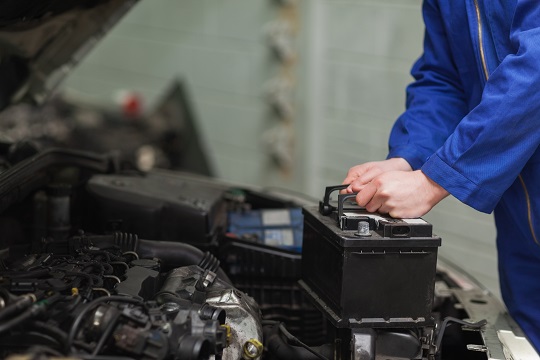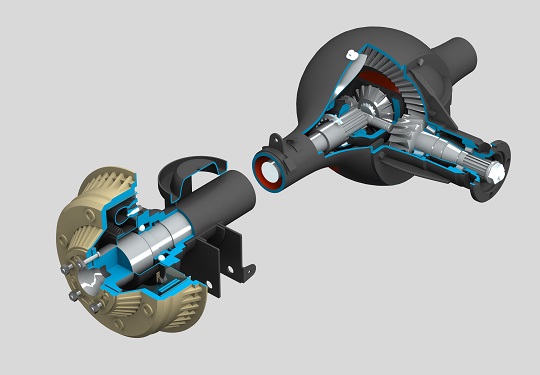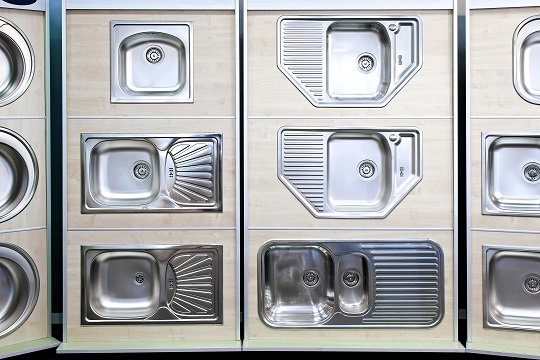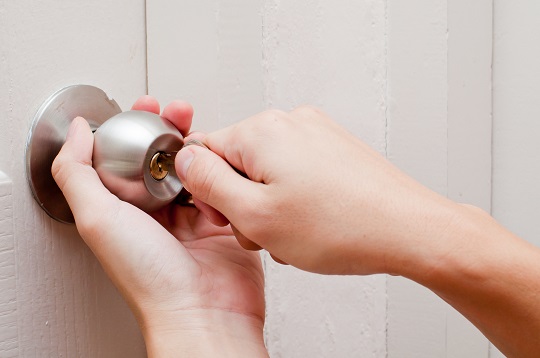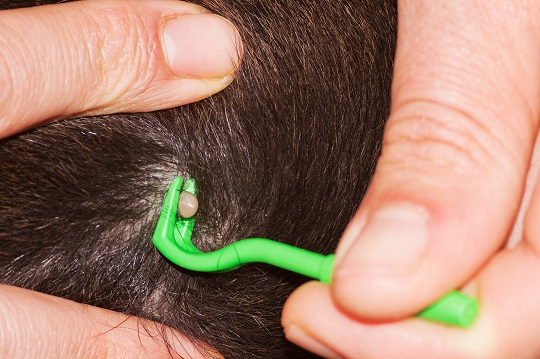A car’s battery is one of the main components of the engine. It allows the car to turn on and provides electricity to the entire automobile. On average you will need to replace your car battery every four years. This time period should be adjusted based on the weather, how much you drive, and a number of other factors. If you are not sure, you can have your battery tested annually to ensure that it does not die on you. But, eventually, as with other parts of your car, your car’s battery will need to be replaced.
How to Install Car Battery
If your car won’t start and a jump isn’t helping, you will need to replace you battery.
1. Turn off your car. You need to open up the hood and retrieve a blanket to place over the fender. This will protect your car from any battery acid corrosion.
2. Once you locate the battery, detach all the cables connected to it. Be careful when you are doing this. You should consult your owner’s manual to make sure that your car has negative ground.
3. Using an adjustable wrench, loosen the clamps holding the battery down. Remove them and place them to the side to avoid getting shocks from them. Disconnect any other pieces holding the battery in place.
4. Pull the battery up and out of the engine. Be sure to wear gloves so that you don’t get hurt. There is a tray underneath the battery which should be cleaned before putting in the new battery. If it is rusty you can use a solution of baking soda dissolved in water to clean it.
5. After the tray is completely dry, replace it and put the new battery in place. Reattach the battery to the engine. Close the hood and start your car to ensure that the battery is working properly.
Find An Auto Mechanic
If you have more questions about how to install car battery you should speak to a professional auto mechanic. TalkLocal will connect you with up to three mechanics in your area, in just minutes!

